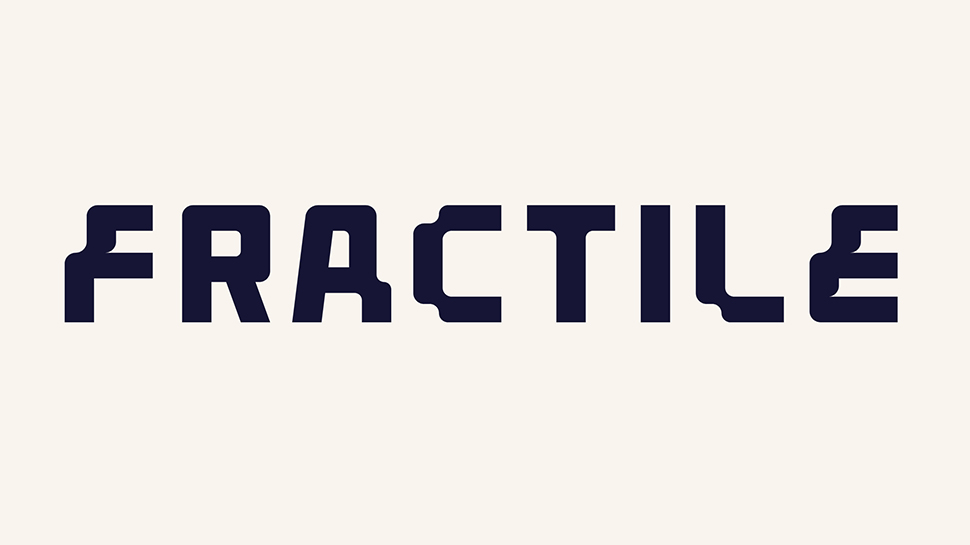Progressive Web Apps: Elevating the Web Experience
Imagine having the reliability of native apps combined with the reach and ease-of-access of the web. Progressive Web Apps (PWAs) do exactly that, transforming ordinary websites into high-performance, engaging, and reliable applications that work seamlessly offline, load quickly, and even feel native. My first experience with this type of application was during the development of the Prison Express Artwork app, a project designed for prisoners who used tablets with limited WiFi connectivity. In that challenging environment, I witnessed firsthand how a PWA could bridge connectivity gaps and offer a smooth user experience despite constraints. Today, I’m writing this post in hopes that you too will recognize the importance of such applications in your projects! What Makes a PWA Special? PWAs are not just a trend—they are a paradigm shift in web development. Here’s what sets them apart: Offline Functionality: By leveraging service workers, PWAs can cache assets and data to function smoothly even without an internet connection. App-Like Experience: PWAs can be installed on your device’s home screen, offering a full-screen, immersive experience that rivals native apps. Performance: Optimized loading times and smooth animations contribute to a more engaging user experience. Push Notifications: Stay connected with users even when they’re not actively browsing your app, improving engagement and retention. Building a PWA: The Essentials Creating a PWA involves a few key steps: Set Up a Service Worker A service worker is a background script that intercepts network requests and caches important assets. Here’s a simple example: // service-worker.js self.addEventListener('install', (event) => { event.waitUntil( caches.open('pwa-cache').then((cache) => { return cache.addAll([ '/', '/index.html', '/styles.css', '/app.js', '/images/logo.png' ]); }) ); }); self.addEventListener('fetch', (event) => { event.respondWith( caches.match(event.request).then((response) => { return response || fetch(event.request); }) ); }); Register the service worker in your main JavaScript file: if ('serviceWorker' in navigator) { navigator.serviceWorker.register('/service-worker.js') .then(() => console.log('Service Worker registered successfully!')) .catch((error) => console.error('Service Worker registration failed:', error)); } Create a Web App Manifest The manifest is a JSON file that tells the browser about your app and how it should behave when installed on a user’s device. Think of this as your rosetta stone! for example: { "short_name": "MyPWA", "name": "My Progressive Web App", "icons": [ { "src": "images/logo.png", "type": "image/png", "sizes": "192x192" } ], "start_url": "/index.html", "background_color": "#ffffff", "display": "standalone", "scope": "/", "theme_color": "#317EFB" } Link the manifest in your HTML head: Ensure a Responsive and Fast Experience Optimizing your application for speed and responsiveness is key. Use modern front-end practices like lazy loading, code splitting, and efficient caching strategies to make sure your PWA loads in the blink of an eye. Real-World Impact PWAs have been successfully implemented by giants like Twitter, Pinterest, and Starbucks, proving that they can drive engagement and boost conversion rates. As a front-end engineer, building a PWA allows you to deliver a seamless user experience across all devices, bridging the gap between web and native applications. Conclusion Progressive Web Apps are more than just a buzzword, they are a robust approach to web development that empowers you to build fast, engaging, and reliable applications. By integrating service workers, a well-crafted manifest, and modern performance optimizations, you can elevate your web projects to a new level of excellence. As always, Happy coding!
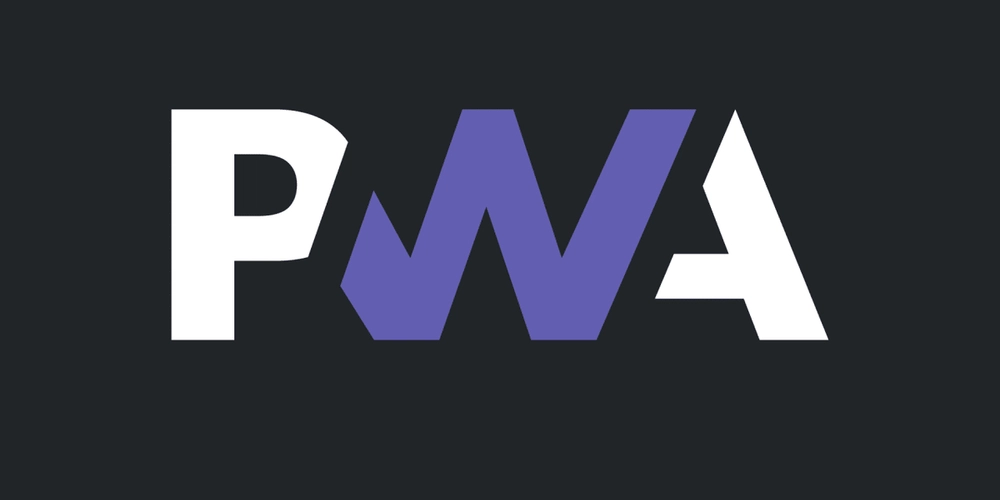
Imagine having the reliability of native apps combined with the reach and ease-of-access of the web. Progressive Web Apps (PWAs) do exactly that, transforming ordinary websites into high-performance, engaging, and reliable applications that work seamlessly offline, load quickly, and even feel native.
My first experience with this type of application was during the development of the Prison Express Artwork app, a project designed for prisoners who used tablets with limited WiFi connectivity. In that challenging environment, I witnessed firsthand how a PWA could bridge connectivity gaps and offer a smooth user experience despite constraints. Today, I’m writing this post in hopes that you too will recognize the importance of such applications in your projects!
What Makes a PWA Special?
PWAs are not just a trend—they are a paradigm shift in web development. Here’s what sets them apart:
Offline Functionality: By leveraging service workers, PWAs can cache assets and data to function smoothly even without an internet connection.
App-Like Experience: PWAs can be installed on your device’s home screen, offering a full-screen, immersive experience that rivals native apps.
Performance: Optimized loading times and smooth animations contribute to a more engaging user experience.
Push Notifications: Stay connected with users even when they’re not actively browsing your app, improving engagement and retention.
Building a PWA: The Essentials
Creating a PWA involves a few key steps:
- Set Up a Service Worker A service worker is a background script that intercepts network requests and caches important assets. Here’s a simple example:
// service-worker.js
self.addEventListener('install', (event) => {
event.waitUntil(
caches.open('pwa-cache').then((cache) => {
return cache.addAll([
'/',
'/index.html',
'/styles.css',
'/app.js',
'/images/logo.png'
]);
})
);
});
self.addEventListener('fetch', (event) => {
event.respondWith(
caches.match(event.request).then((response) => {
return response || fetch(event.request);
})
);
});
Register the service worker in your main JavaScript file:
if ('serviceWorker' in navigator) {
navigator.serviceWorker.register('/service-worker.js')
.then(() => console.log('Service Worker registered successfully!'))
.catch((error) => console.error('Service Worker registration failed:', error));
}
- Create a Web App Manifest
The manifest is a JSON file that tells the browser about your app and how it should behave when installed on a user’s device. Think of this as your rosetta stone!
for example:
{
"short_name": "MyPWA",
"name": "My Progressive Web App",
"icons": [
{
"src": "images/logo.png",
"type": "image/png",
"sizes": "192x192"
}
],
"start_url": "/index.html",
"background_color": "#ffffff",
"display": "standalone",
"scope": "/",
"theme_color": "#317EFB"
}
Link the manifest in your HTML head:
- Ensure a Responsive and Fast Experience Optimizing your application for speed and responsiveness is key. Use modern front-end practices like lazy loading, code splitting, and efficient caching strategies to make sure your PWA loads in the blink of an eye.
Real-World Impact
PWAs have been successfully implemented by giants like Twitter, Pinterest, and Starbucks, proving that they can drive engagement and boost conversion rates. As a front-end engineer, building a PWA allows you to deliver a seamless user experience across all devices, bridging the gap between web and native applications.
Conclusion
Progressive Web Apps are more than just a buzzword, they are a robust approach to web development that empowers you to build fast, engaging, and reliable applications. By integrating service workers, a well-crafted manifest, and modern performance optimizations, you can elevate your web projects to a new level of excellence.
As always, Happy coding!






































































































































































![[The AI Show Episode 143]: ChatGPT Revenue Surge, New AGI Timelines, Amazon’s AI Agent, Claude for Education, Model Context Protocol & LLMs Pass the Turing Test](https://www.marketingaiinstitute.com/hubfs/ep%20143%20cover.png)


















































































































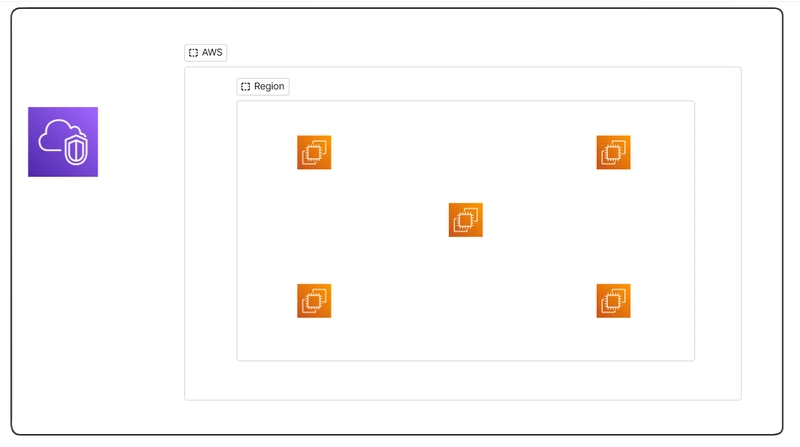

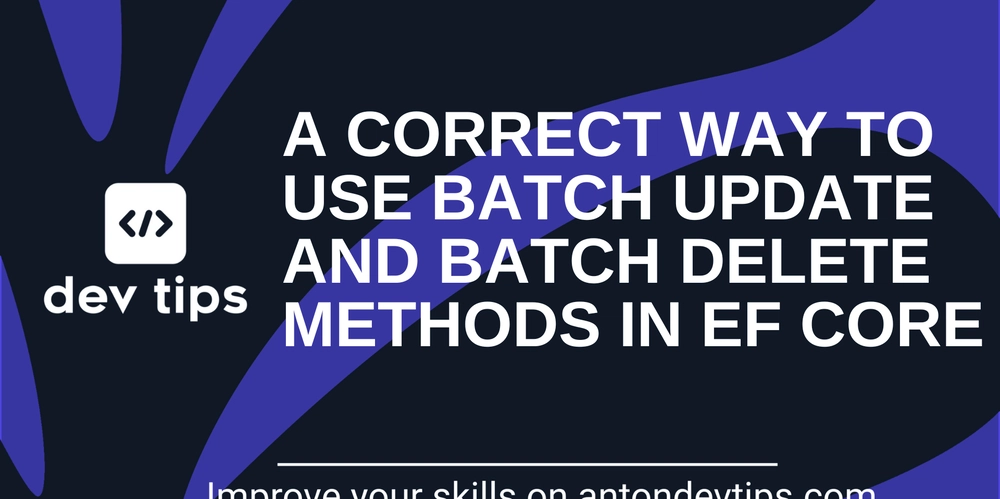












![From drop-out to software architect with Jason Lengstorf [Podcast #167]](https://cdn.hashnode.com/res/hashnode/image/upload/v1743796461357/f3d19cd7-e6f5-4d7c-8bfc-eb974bc8da68.png?#)









































































































.jpg?#)































_ArtemisDiana_Alamy.jpg?#)




 (1).webp?#)

































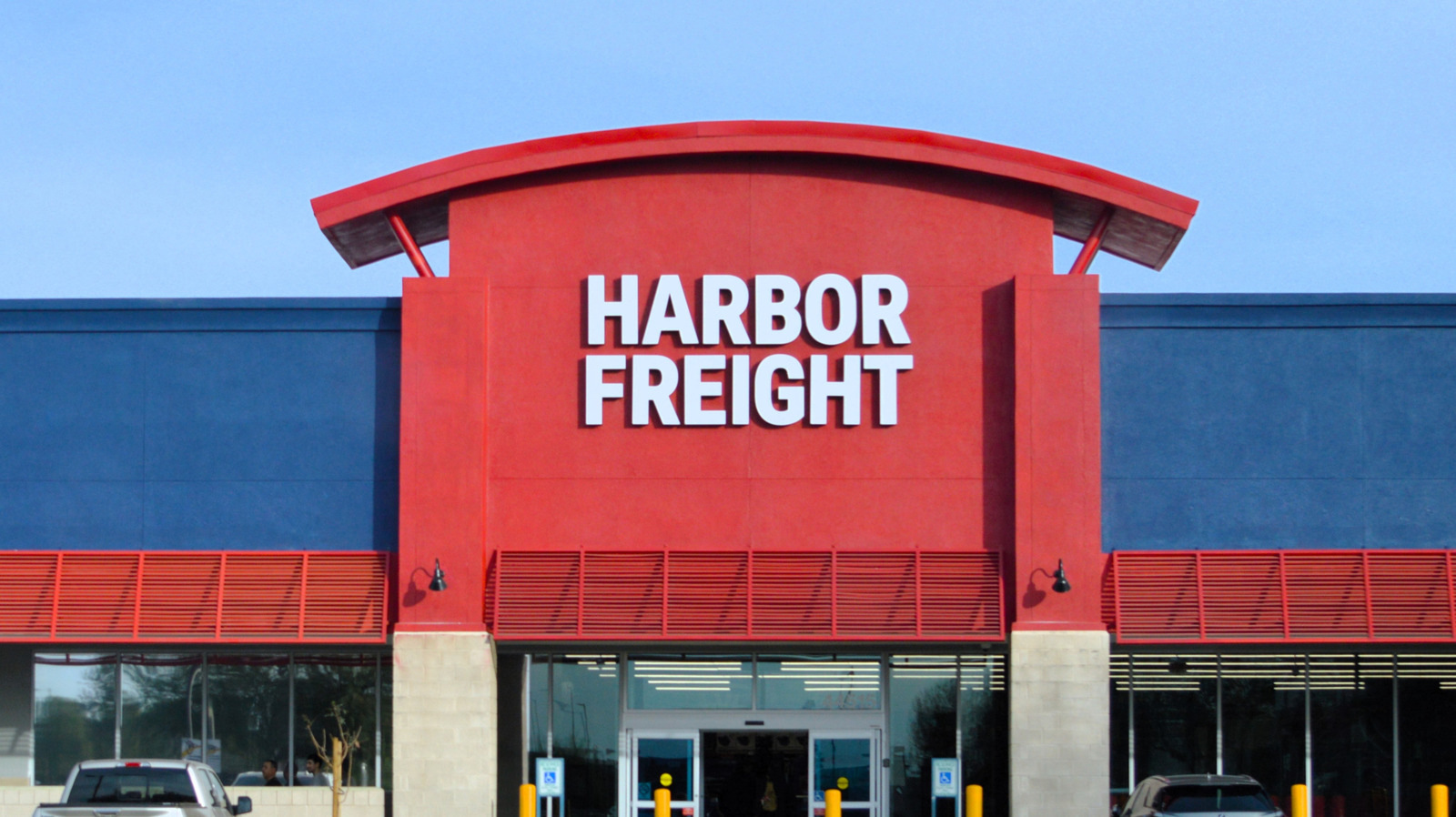










































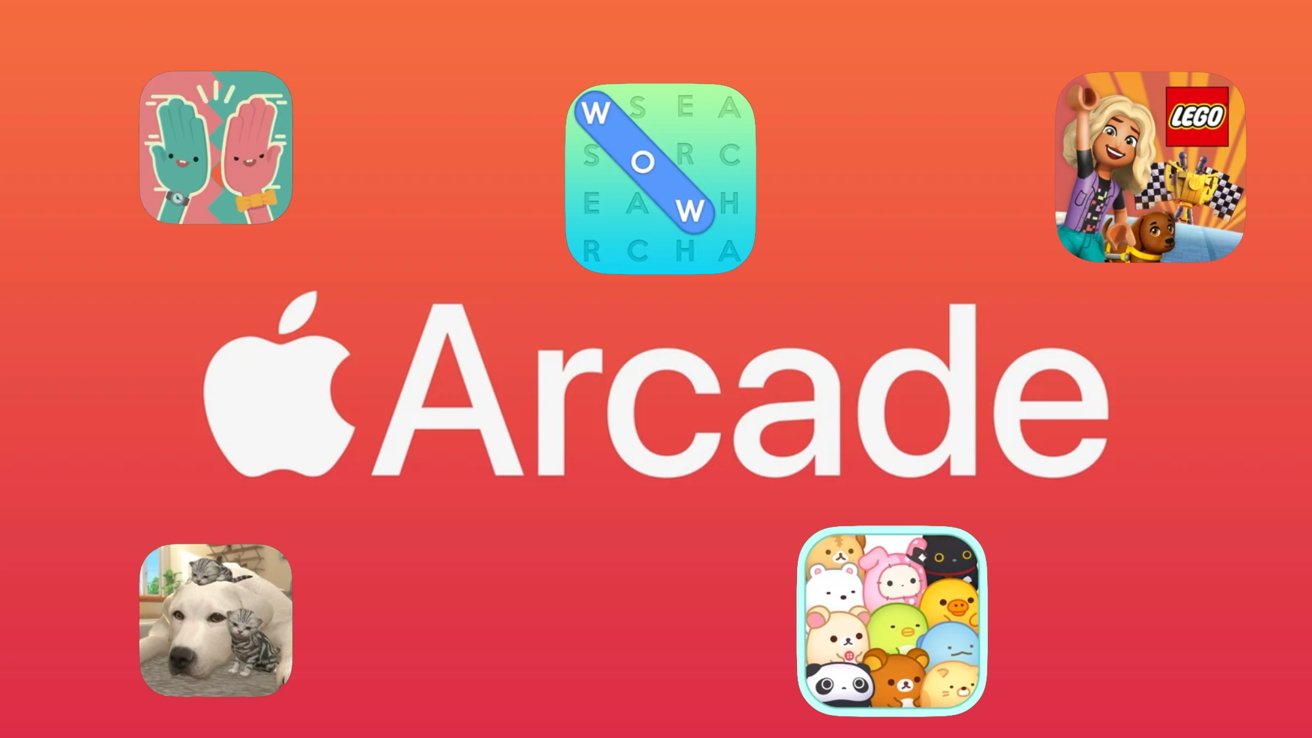
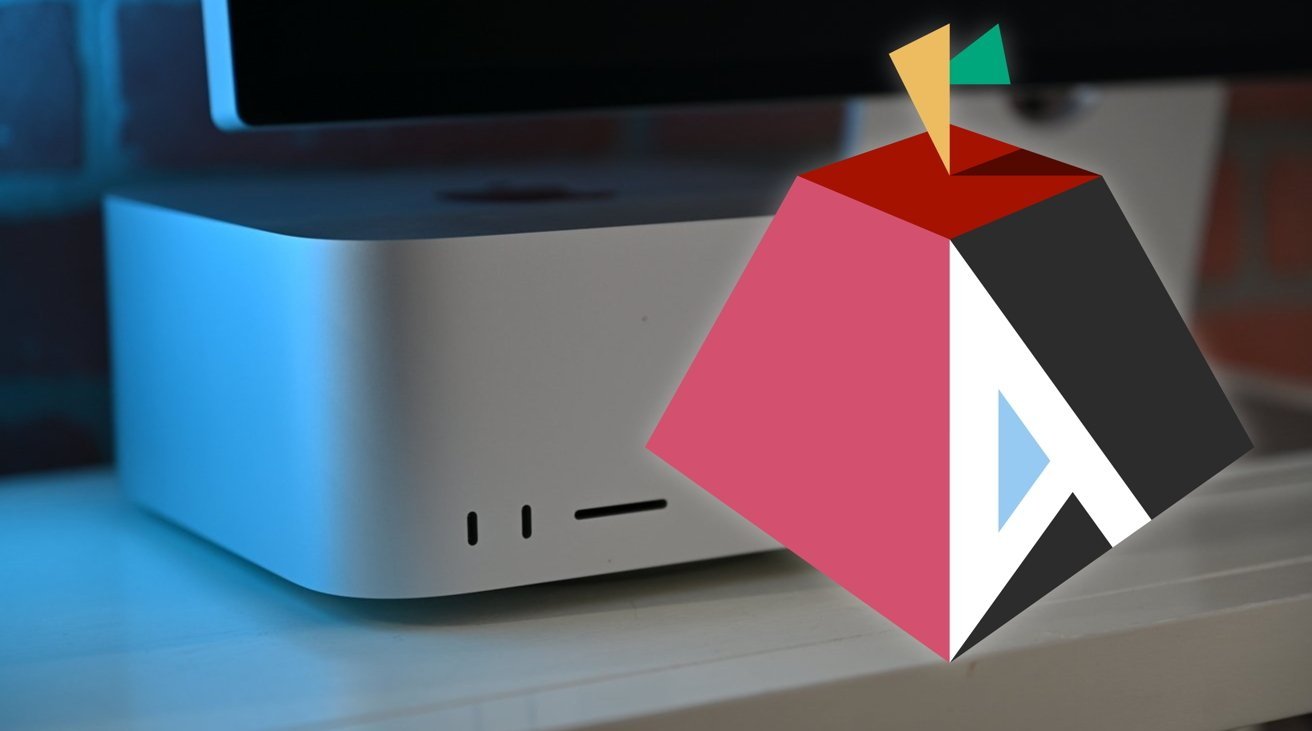










![Yes, the Gemini icon is now bigger and brighter on Android [U]](https://i0.wp.com/9to5google.com/wp-content/uploads/sites/4/2025/02/Gemini-on-Galaxy-S25.jpg?resize=1200%2C628&quality=82&strip=all&ssl=1)













![New iOS 19 Leak Allegedly Reveals Updated Icons, Floating Tab Bar, More [Video]](https://www.iclarified.com/images/news/96958/96958/96958-640.jpg)


















